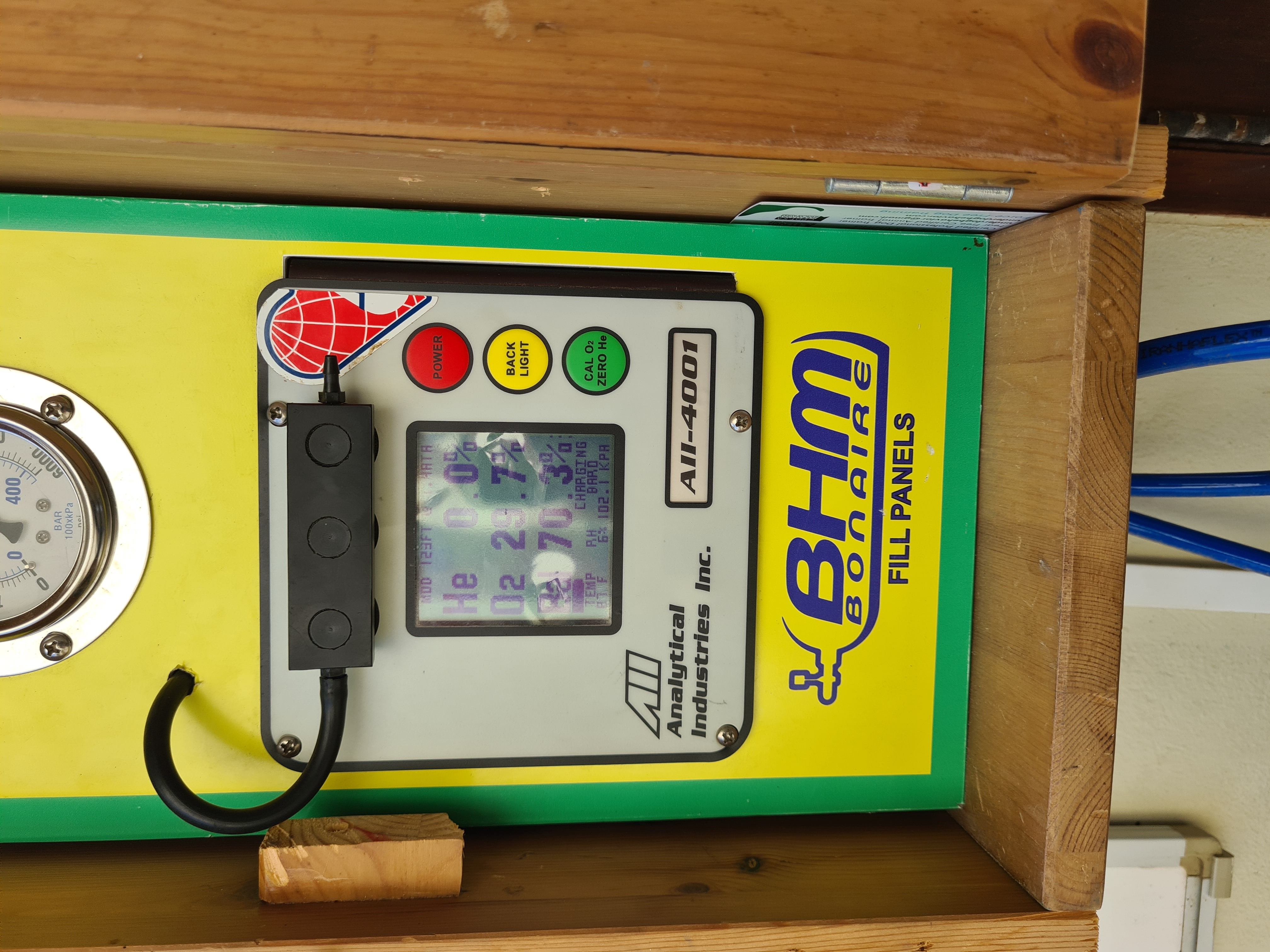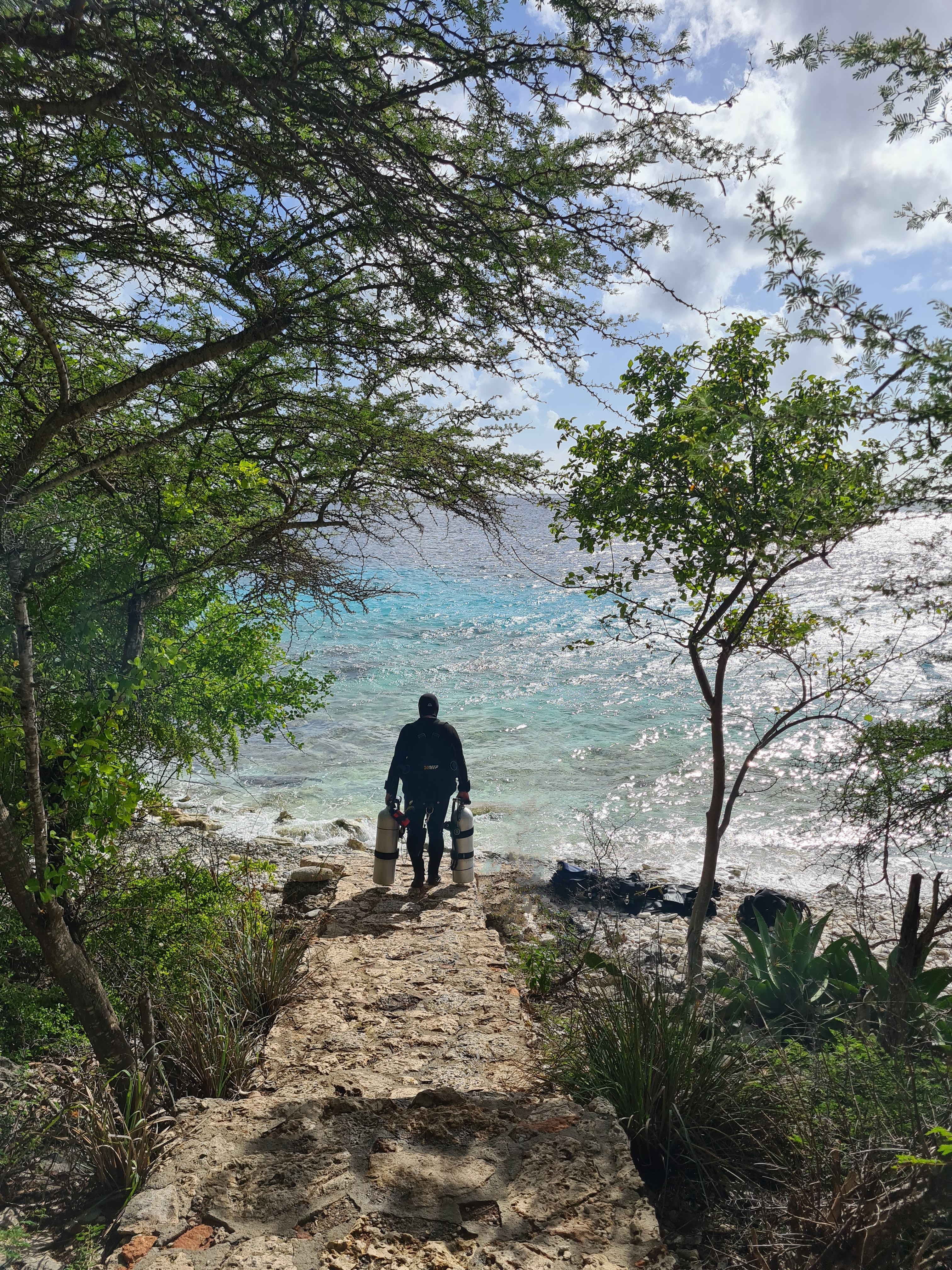SDI Speciality Diver ratings#
At Blue Pulse we offer almost the entire range of SDI specialities found here.
🔗 SDI Advanced Adventure Diver Course Info
📄 AAD Standards PDF
Who are specialities for#
SDI specialities are a great way to safely learn about a new kind of diving. Whether it’s new gear and procedures (like sidemount or dry suit for instance), new environments (like night/limited visibility) or just new procedures (like drift diving), there’s something there for everyone.
It’s important to know that different specialities have different requirements. One thing we love about SDI is that standards are freely available to everyone, so feel free to consult them 📄here
Which should I get?#
Honestly? That’s a question best answered together, so our first recommendation is to get in touch for a free, no strings attached chat to understand what’s best for your diving plans and style.
We would, however, be remiss not to mention some of our all time favorites.
SDI Computer Nitrox#
The first one’s easy. Diving Oxygen Enriched Air (commonly known as Nitrox) is simply a better way to dive. Using Nitrox you can either extend your Non Decompression Times (NDL) at a given depth, pad you dive profiles for safety, or ideally both. This means that you get to enjoy more of what we love - being underwater while enhancing safety. For instance this is the difference between having to sit out that last dive of the day on a liveaboard. Nitrox is also a first easy step towards the world of technical diving that relies on more advanced gas mixes.
This is the reason why we always offer the Computer Nitrox certification with all of our foundational courses. This is just here in case you got those somewhere else and were not exposed to Nitrox yet.
During the course, you’ll gain insights into the entire Nitrox spectrum, spanning oxygen levels from 22% to 40%. You’ll become well-versed in the selection of appropriate tools to enhance your Nitrox diving experience.
Fun fact: the Computer Nitrox speciality is what’s called a “dry course”, as in it doesn’t involve any actual diving as standard. But guess what? We of course go beyond that and include a Nitrox fun dive in your package. It probably won’t feel any different (some divers anecdotally report feeling less tired when they dive Nitrox), but we want you to experience that with us first.
SDI Sidemount Diver#
Okay, this is a big one. Honesty moment here, outside of teaching and a few environments where it’s just not practical, Dan almost exclusively dives sidemount. But sidemount is not a cult, it’s just a way of diving that really works for us. Aside from the greater freedom of movement, flexibility and low profile (that comes in very handy when you go tech/overhead), sidemount provides complete gas redundancy. You might have noticed by now how we like to have 2 of everything just in case one breaks? In sidemount we have 2 cylinders, 2 1st stages, 2 2nd stages, 2 inflators, see where this is going? Oh and not to mention you get twice the amount of gas!

Sidemount is our absolute favorite speciality to teach, just because we love diving it so much.
SDI Wreck Diver#
Underwater wrecks are the closest thing to time travel we have. Well maybe that and Pripyat, but we don’t really fancy the radiation part. But really, wreck diving is literally diving into history - you get to see an environment that was frozen in time at the very moment when the vessel went underwater and that is simply amazing. Oh and did we mention the significant amount of historical (WW2 included) wrecks we have in Romania? Cause it is (significant).
This may be taught as a non-penetration, 2 dives required, or as a limited-penetration course, requiring a minimum of 3 dives. Limited-penetration is defined as a swim through or within the ambient light of entry point.
SDI Deep Diver#
This one’s a bit controversial. We never advise going deeper just for the sake of it, but the fact is there are beautiful, mesmerizing things to see underwater that sit beyond the 30 meters mark. Think stunning wall dives, historical wrecks or even marine life that we can only find at greater depths. This is where the deep certification comes in handy, as once certified you’ll be able to go to a depth not exceeding 40m.
During the Deep Diver Speciality you will learn how to plan and execute deeper dives, including gas management, planning and handling emergency situations.
What to expect#
Intro call
Get to know each other
We start with a no-strings-attached introductory call. We'd like to meet up, understand your goals, ideal outcomes and background so that we can perfectly tailor your learning experience.Planning
If it's not in your calendar it doesn't happen
Once you have decided to move forward, we will plan the outline of our calendar. We'll discuss availability, logistics and any travel involved (complete with our tested accommodation recommendations of course).E-learning
Online, at your preferred pace
After you've enrolled, we'll set you up for e-learning. This way you will be able to go through the content at your own pace, knowing that we're always one quick text away if you have any questions.Equipment selection (optional)
We'll help you choose any equipment you'd like to start with
Many of our divers prefer buying their own basic equipment (masks, wetsuits, fins) for the added comfort of perfect fit. We support that choice and will go as far as joining you for a shopping spree.Knowledge review
Review and retain what you have learned
Based on your preference, this phase can be done online or in-person. We do prefer the in-person version as it gives you the opportunity to actually see and use diving equipment, but we'll adapt to your needs.Open water sessions (where applicable)
Onwards and downwards
Most of the specialities we recommend do involve diving. Interestingly enough, the Nitrox one does not as standard, but we of course include a Nitrox dive in your course.Graduation
Getting your (digital) C-card
Once we're both satisfied that you meet (and exceed, if you're training with us) the required standards, the only remaining thing to do will be your graduation ceremony! You will also receive your digital certification (cause you know... plastic, ugh) and we'll discuss your future plans.
Let’s Talk About Your First Step#
So are you sold on becoming a Nitrox-enabled sidemount diver that visits deep wrecks? 😆
Seriously now, reach out for a chat to learn more about the different speciality courses we offer and which may be right for you.
We organize SDI speciality courses in Romania (Bucharest and Constanta), as well as multiple other locations in Europe and not only. Take a look at our locations for more information.